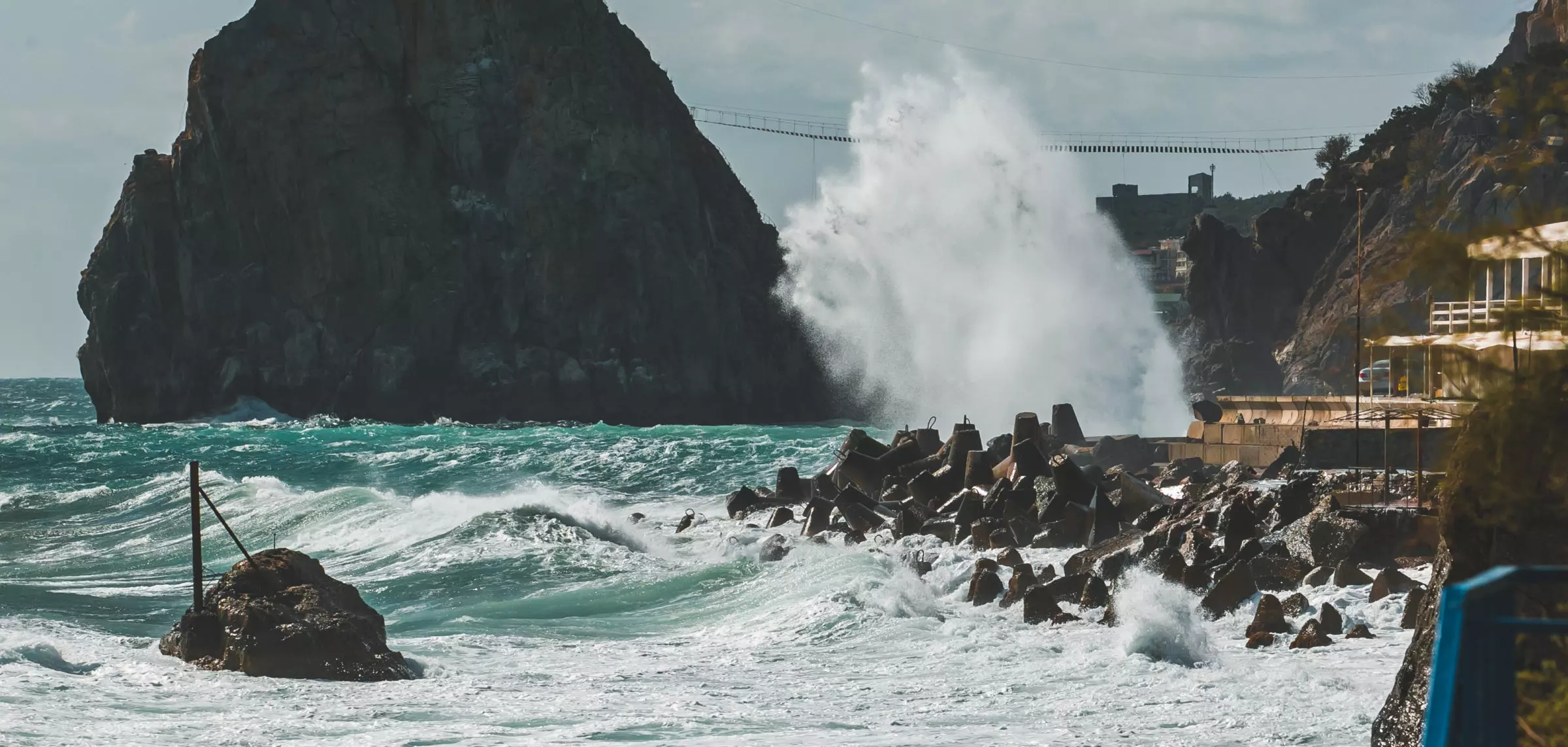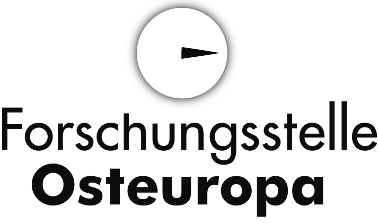What happened
Only 115 days passed from the first demonstration in the Maidan to the “Crimea referendum”. The whirlwind pace of events makes it possible to construct quite different, indeed polar opposite narratives from them. Steffen Halling and Eduard Klein take another look at what happened when. → From the Maidan to Incorporation – A Timeline
A dark day in the history of Russia or the day a “national idea” was born? New post-Soviet order in Eastern Europe or a new Cold War? Controversial opinion pieces from the international press on the Crimean referendum and the annexation of Crimea. → The Contemporary Debate – A Look Back
Was Crimea already Russian the whole time? Does history demand that the Europeans, and above all the Germans, take an understanding view of the peninsula’s incorporation? And where does the alleged policy of Russian containment come in to all this? Thirteen scholars from different disciplines comment on Putin’s speech of 18 March 2014. → Speech of Vladimir Putin
Did Russia annex Crimea in violation of international law, or did it lawfully incorporate the peninsula into its territory? Three international law experts from Ukraine, Russia, and Germany discuss the role of international law in relation to the Crimean issue – five questions and answers. → Is international law “fit” to deal with Crimea?
Diversity in Crimea
The Russian population greeted the absorption of Crimea into Russia with great approval, indeed, even with enthusiasm. At the time, the polls showed that more than three quarters of Russians were in favour of bringing the peninsula “home”, and the numbers seem to have remained stable ever since. The phrase Krymnash (engl. Crimea is ours) was coined for that euphoric mood of spring 2014, but the place of Crimea in Russian history has roots that extend far into the past and are shrouded in myth. → Russian Crimea
Crimean Tatars – a story in pictures, by Moritz Küstner (photos) and Greta Uehling (text) → Crimean Tatars
Ukrainian Crimea is one of a number of corrective responses to the Krimnash narrative (Krim nash: Crimea is ours) of present-day Russia. The point here is not to line up one set of historical claims against another but rather to remind people of the material, political and conceptual ties between the peninsula and Kiev. → Ukrainian Crimea
Crimea’s natural landscape is beautiful and varied, its cultural landscape densely packed and contradictory. It would be hard to find another region in Europe that has so many national myths woven into its fabric and is perceived by so many different ethnic groups as “their own”. We chart this evocative cultural landscape in an interactive map. → Crimean Places
What followed
How do people in Crimea think of themselves: as Russians, Ukrainians or simply as residents of Crimea? How have economic conditions on the peninsula changed since 2014? And how easy, or complicated is it to travel into and out of Crimea? A survey conducted by the Centre for East European and International Studies (ZOiS) and excerpts of reportage from Crimea answer these questions and others. → Crimea after 2014: Identity and Living Conditions
What would have to happen to make it possible? Just how ruinous is the state of relations between the states now, six years after the incorporation – and how do their populations see one another? Gwendolyn Sasse and Graeme Robertson answer these questions and others. → Will Crimea ever return to Ukraine?

